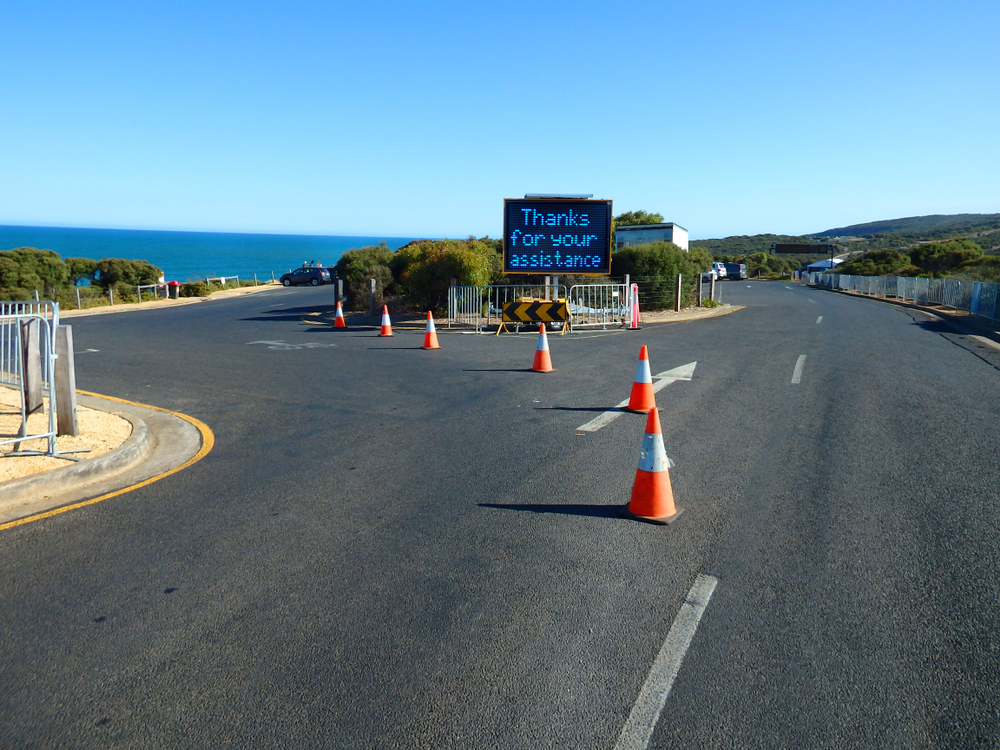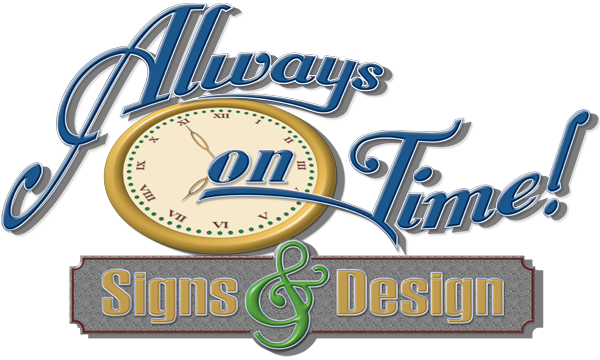
One problem that most major cities have to deal with is traffic. As populations grow and more people start moving on highways and through streets, traffic congestion becomes a massive headache for large and small municipalities.
Fortunately, modern technology can help alleviate traffic, and one way is via dynamic message signs (DMS). But how do these signs work, and why are they so valuable for cities around the country? Let’s find out.
What is a Dynamic Message Sign?
A dynamic message sign is a fixed sign above a highway or freeway showing drivers digital text. This text changes based on weather, road conditions, traffic, etc. The local transportation administration is responsible for updating the sign and ensuring its information is current and accurate.
Dynamic message signs are similar to variable speed limit signs (VSLS), but a DMS can provide far more details to help drivers navigate through and around traffic congestion.
How Dynamic Message Signs Improve Traffic Flow
Because dynamic message signs are so versatile and can display virtually any detail, they can help improve traffic flow in a few different ways. Here’s a breakdown of each benefit and why cities should invest as much as possible in these signs.
Adjust Speed Limits
Traffic jams can occur for many reasons, but a primary cause is when a driver hits the brakes, causing everyone behind them to do the same. However, if drivers can match the flow of traffic and avoid sudden stops, the flow will continue uninterrupted.
Therefore, dynamic message signs can display the current speed limits of congestion ahead so drivers can slow down and match the traffic speed before reaching it.
Block Lanes
Reserving lanes for high-occupancy vehicles or trucks is often best during peak traffic hours. Dynamic message signs can notify drivers about these changes so they can plan accordingly. Also, by reserving or blocking lanes, the sign can improve the overall flow by removing some vehicles from the rest of the crowd.
Provide Real-Time Traffic or Construction Updates
When drivers are aware of different road and traffic conditions, they can adjust accordingly, such as finding a new, faster route. Also, if there’s a collision, drivers can move around it so emergency vehicles can get through faster and more efficiently.
These signs are also helpful in warning about weather conditions, such as icy or wet roads ahead. Sometimes, a gentle reminder is enough for drivers to slow down and be more aware of their surroundings. This way, they’re less likely to cause a collision and delay traffic even further.
Set Detours
If a road is under construction or there are extensive obstacles ahead (i.e., an overturned semi), a dynamic message sign can warn drivers to take an alternative route. Detours are helpful because they redirect traffic and ensure that main highways stay relatively clear and free of traffic.
Other Advantages of Dynamic Message Signs
While these signs are hugely beneficial for directing and managing the flow of traffic, they can also yield some other incredible benefits. So, if a city or county is thinking of deploying a DMS, they can expect the following advantages:
Fewer Collisions
The more informed drivers are about road and traffic conditions, the more they’ll pay attention to what they’re doing. Dynamic message signs help keep everyone informed so they make smarter decisions about variables like speed, direction, and defensiveness. While it’s hard to get clear data on the effectiveness of these signs, they particularly help during inclement weather and peak traffic periods.
Reduced Labor Costs
Since one sign can provide so much information, cities don’t have to utilize more signage to inform drivers about various road conditions. Also, according to some studies, adding too many signs can actually lead to more crashes as drivers are either distracted or have a false sense of security.
Overall, a single DMS can handle the jobs of multiple signs, meaning municipalities don’t have to deploy workers to post, update, or maintain existing signage. These cost reductions can help offset or eliminate the price tag of installation.
How to Make Dynamic Message Signs More Effective
While a DMS is already a practical element for managing traffic flow, there are a few factors to consider when making them as impactful as possible. Some recommendations can include the following:
- Short, Brief Messages – When the sign is short, clear, and easy to understand, drivers can get the information they need without taking their eyes off the road for too long.
- Substance Over Style – While some cities and counties use pop culture or modern language to appeal to drivers, the best approach is to be direct and simple. While pop culture references can be fun, they detract from the sign’s primary purpose – to convey valuable information.
- Short Phasing Times – Phasing refers to the time it takes for one message to turn into another on the sign. During this period, the sign becomes illegible, making it hard or impossible for drivers to understand what it says. Reducing the phasing time alleviates this problem and ensures drivers can see the upcoming message quickly without diverting their attention too much.
- High-Visibility Coloration – Overall, yellow text on a black background seems to be the most visible to drivers in any weather condition. While some signs use orange lights, yellow colors are far easier to distinguish and read, especially when driving fast on a freeway.
Buy Dynamic Message Signs from Worksafe Traffic Control Industries
Worksafe Traffic Control Industries has been in the road sign-making business for decades, so we have the experience and insight to make dynamic messaging signs more effective and efficient. All our signs are MUTCD-compliant, and we offer fast turnaround times for rush orders or last-minute incidents. Contact us today to see what else we can do for your municipality.

